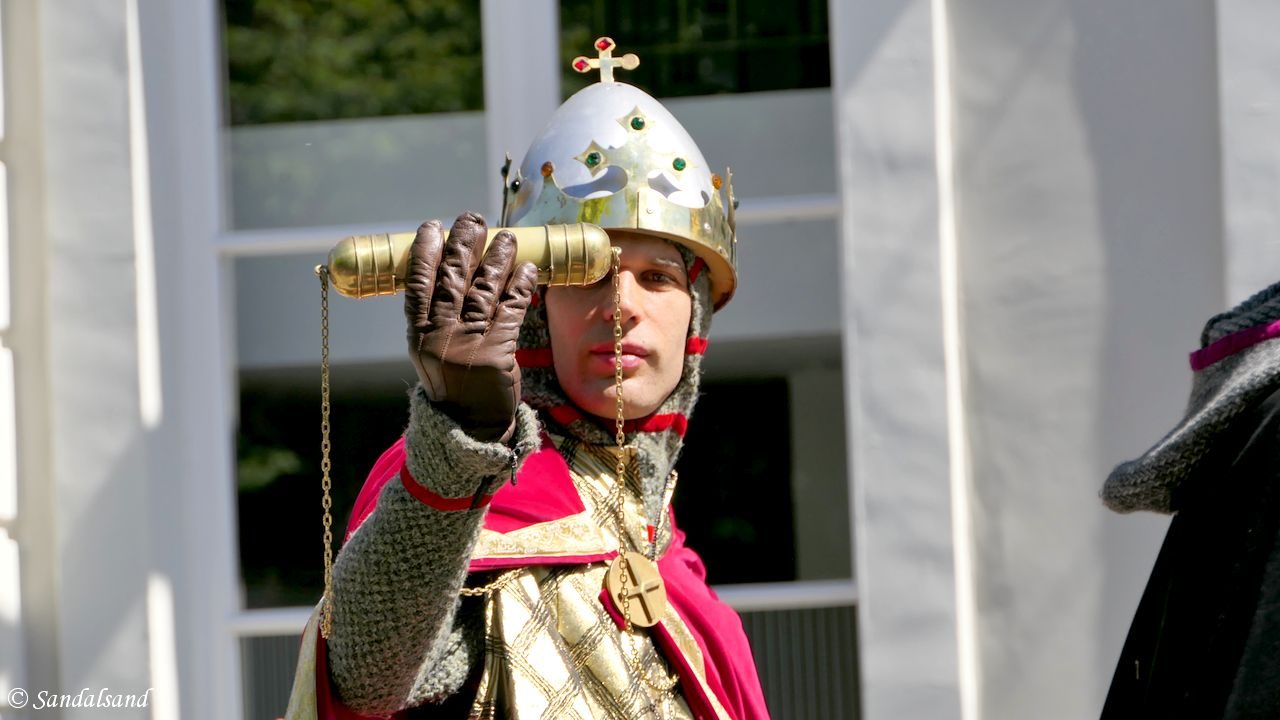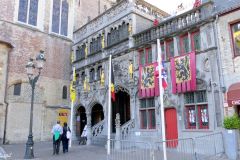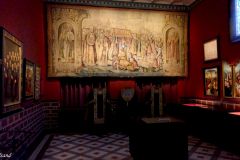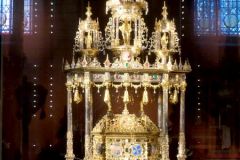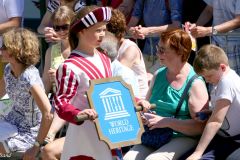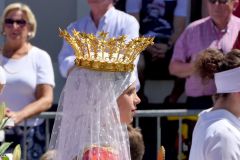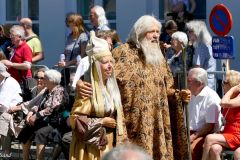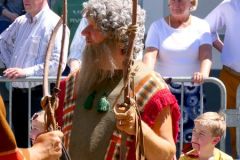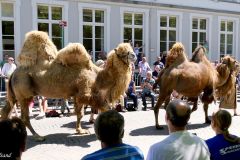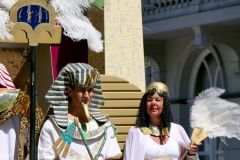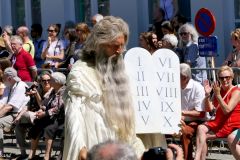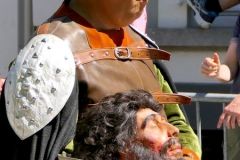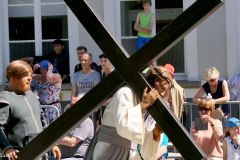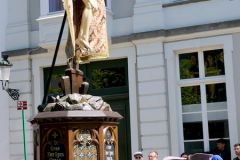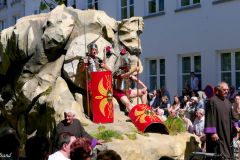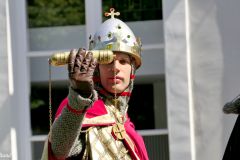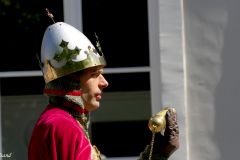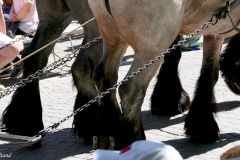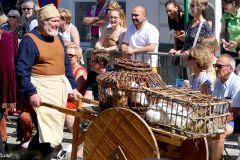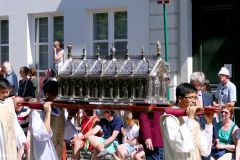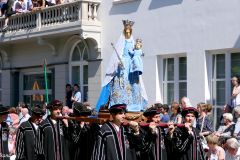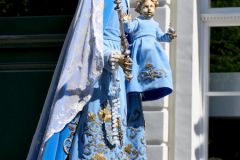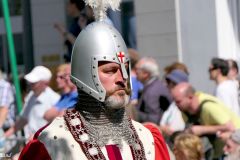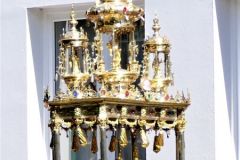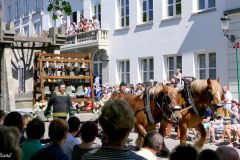The Procession of the Holy Blood takes place on Ascension Day each year. More than 3,000 young and old inhabitants take to the streets of Bruges to take part in a procession. On the “Most Beautiful Day of Bruges” 60-100,000 spectators watch them reenact the passion and resurrection of Jesus Christ as well as a number of other Biblical stories.
The legend
At the centre is a relic, containing nothing less than the blood of Christ on a piece of cloth. The blood is said to have been wiped from his dead body by Joseph of Arimathea after the crucifixion. The legend is that Thierry d’Alsace, Count of Flanders brought it to Bruges in 1151 after the second Crusade. As we have all heard of, there are pieces of the Holy Cross scattered around in many places but this is the first time I have heard of a relic from Jesus Christ himself. If that sounds incredible, what is said to happen is even more astonishing. On Ascension Day, which is 40 days after Easter, this piece of cloth actually becomes wet once more.
How it became a tradition
Many years later, but still in Medieval times, at the end of the 13th century the citizens of Bruges started what has become one of the world’s oldest living processions. It was instituted and documented as early as 1303 in celebration of the city’s freedom from French tyranny the previous year. The Procession of the Holy Blood in Bruges was in 2009 inscribed on UNESCO’s Representative List of the Intangible Cultural Heritage of Humanity. We are talking about a period of more than 700 years.
Where the relic is kept
The relic has for centuries been kept in Basilica of the Holy Blood on the Burg Square of Bruges. On Ascension Day it is taken out to be carried around in the city streets. Like in so many other Catholic processions around the world. First there is a mass in the church. Then members of the clergy carry the relic contained in a beautiful gold shrine on their shoulders. In the streets they are guarded by thirty city notables belonging to the Brotherhood of the Holy Blood.
I had a look into the basilica during the mass but the intimate interior did not seem to have any vacant seats. So I slipped into the adjacent room to find nothing less than the very shrine. Then I went into the streets. And so did tens of thousands of others.
The procession
The procession has a number of highly varied tableaux from the Old and New Testament. Moses is here with his commandments, a Pharaoh of Egypt and the Virgin Mary with a golden crown as well. The crusader himself rides with a can presumably containing the sacred piece of cloth. There are sheep and camels and poultry and donkeys. Musical instruments fill the air with sounds, and there are choirs, drums, and marching Roman soldiers. People of all ages wear colourful costumes. It is absolutely fantastic what the people of Bruges have created and are able to perform each year.
Read more
Plan your own visit to Bruges and Belgium at the official site of the procession.
On Sandalsand, read the general introduction to UNESCO’s convention on Intangible Cultural Heritage of Humanity. Also, read why the historical centre of Bruges (Brugge) is a UNESCO World Heritage Site in terms of its architectural appearance and history. That list has also room for two other inscriptions from Bruges: The Béguinage and the Belfry on Markt Square. Read more about visiting Bruges.
Images from the procession
Click and browse larger versions of my images.

